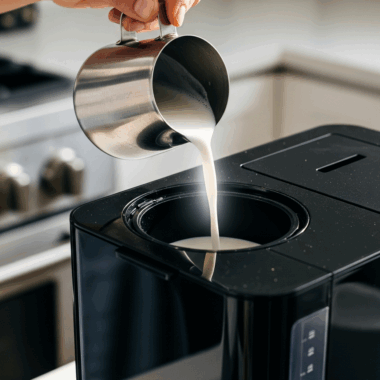Last Updated on May 29, 2025 by Karen
Wondering if you can put chicken bones in the garbage disposal? Learn what’s safe for your garbage disposal unit, what to avoid, and the best ways to prevent clogs and protect your kitchen plumbing system.
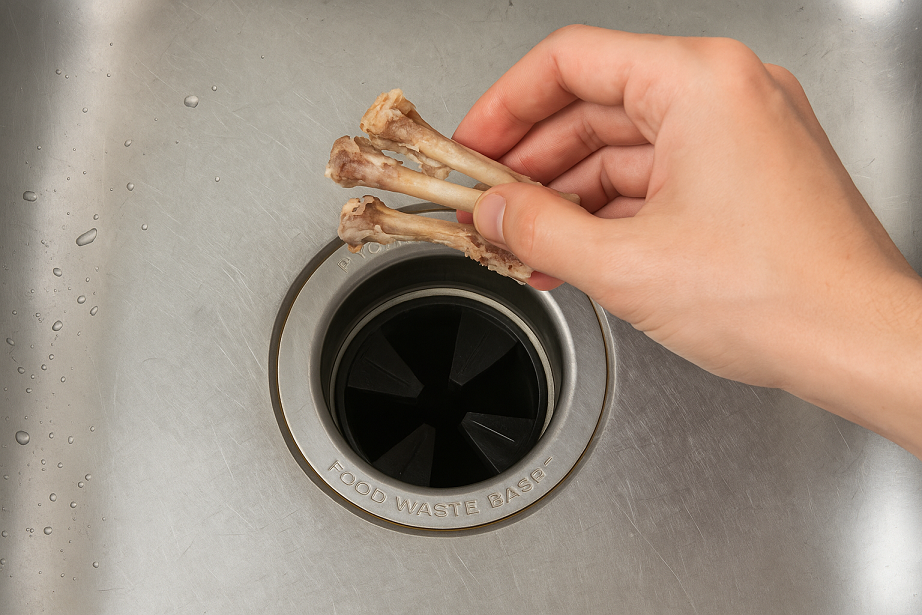
If you’ve ever finished dinner and wondered what to do with the leftover chicken bones, you’re not alone. Many people are unsure whether it’s a good idea to put animal bones—like chicken, fish bones, or small bones—into their garbage disposal unit. The answer? It’s more complicated than just a yes or no.
Let’s take a closer look at what your garbage disposal can actually handle and how to keep your kitchen sink and drainage system running smoothly.
Are Chicken Bones Safe for the Garbage Disposal?
Most plumbing experts and drain technicians agree: putting chicken bones or larger bones in the garbage disposal is not a good idea. Even though small bones like fish bones or thin seafood shells may seem harmless, they can still cause problems over time.
Here’s why chicken bones should stay out of the food waste disposer:
- Bones are too hard for the garbage disposal blades.
- They don’t break down easily and can damage the grinding chamber.
- Even if they seem to grind up, they often break into tiny pieces that clog drain lines or jam the kitchen pipes.
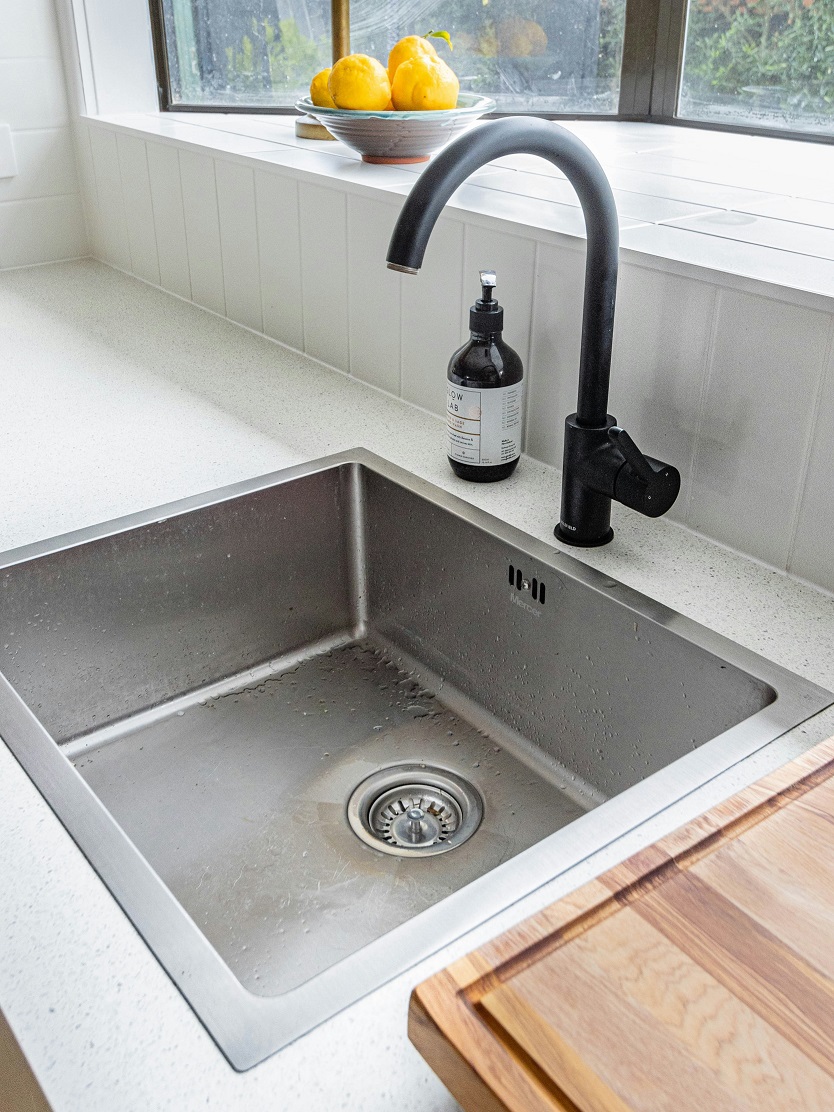
What Happens If You Accidentally Put Chicken Bones in the Garbage Disposal?
Putting chicken bones in a garbage disposal is not recommended. Here’s what can happen if you do:
1. It Can Jam the Mechanism
Chicken bones are hard and can get lodged in the disposal’s grinding chamber. This may cause the motor to jam, stopping the disposal from working properly.
2. It Can Damage the Disposal
Over time, grinding bones can wear down or damage the impellers and internal components of the disposal, leading to costly repairs or the need for a replacement.
3. It Can Cause Drain Clogs
Even if the bones seem to grind down, the fragments can accumulate in the pipes and create blockages. This is especially likely in older or narrow plumbing systems.
4. It May Cause Odors and Bacterial Growth
If bone fragments or residual tissue aren’t flushed out completely, they can rot inside the disposal or drain, leading to bad smells and potential bacterial buildup.
What to do if I Accidentally Put Chicken Bones in the Garbage Disposal?
- Turn off the disposal immediately.
- Use tongs or pliers (never your hands) to remove any visible bone fragments.
- Press the reset button on the bottom of the unit if it’s not turning back on.
- Run cold water for one to two minutes to help clear out small debris.
- If the disposal still doesn’t work correctly or makes strange noises, call a plumber or technician.
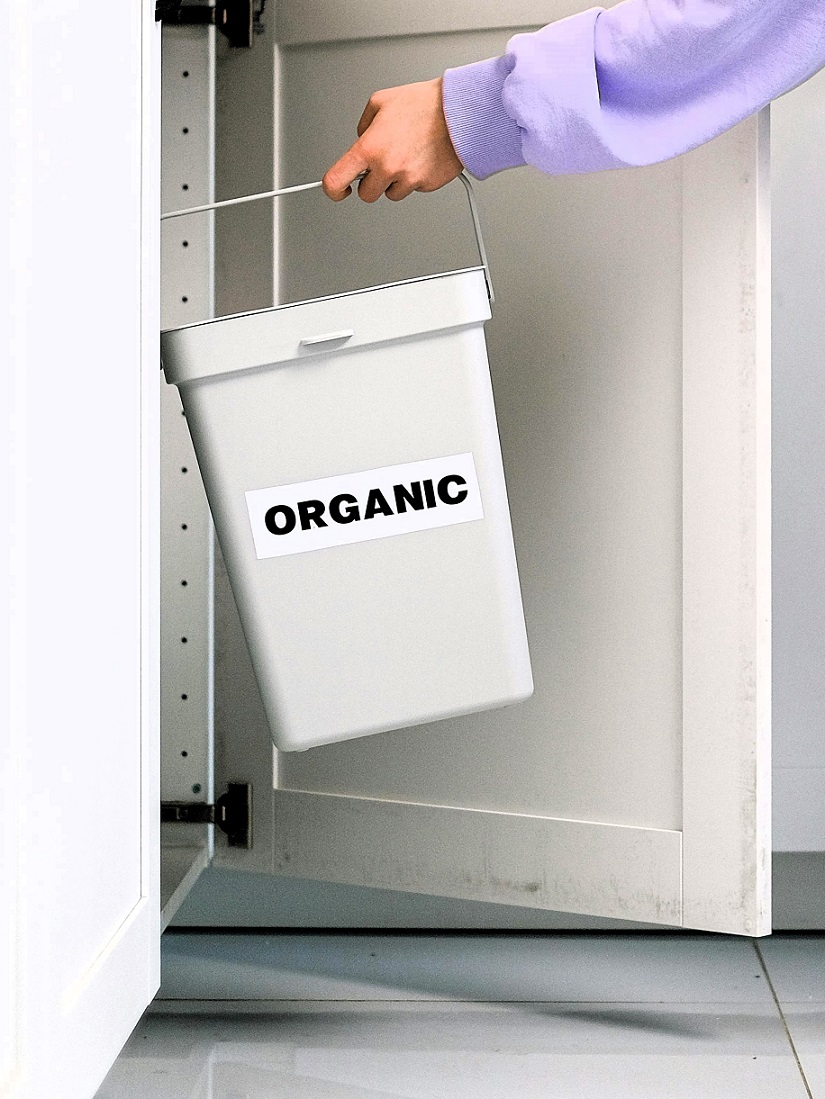
What Can You Put in the Garbage Disposal?
To avoid damage, only put soft foods and small pieces into your modern garbage disposal. Here are some things that are usually okay:
- Soft food waste like leftover veggies or pasta
- Citrus peels – a great way to freshen your disposal
- Ice cubes – helps clean the blades of your garbage disposal
- Soft fruit peels and some vegetable peels
- Using enough water (especially cold water) helps keep things flowing and protects your plumbing system.
What Shouldn’t Go Down the Disposal?
Here’s a list of non-food items and hard materials that should never go in the garbage disposal unit:
- Chicken bones, fish bones, and larger bones
- Fruit pits, like avocado pits
- Corn cobs, corn husks, and onion skins
- Banana peels and other fibrous foods
- Coffee grounds and coffee filters
- Cooking grease, bacon grease, and cooking oil
- Peanut butter and other sticky items
- Plastic bags, paper towels, and unused medication
These items can damage the garbage disposal blades, clog the main line, or block your drainage system.
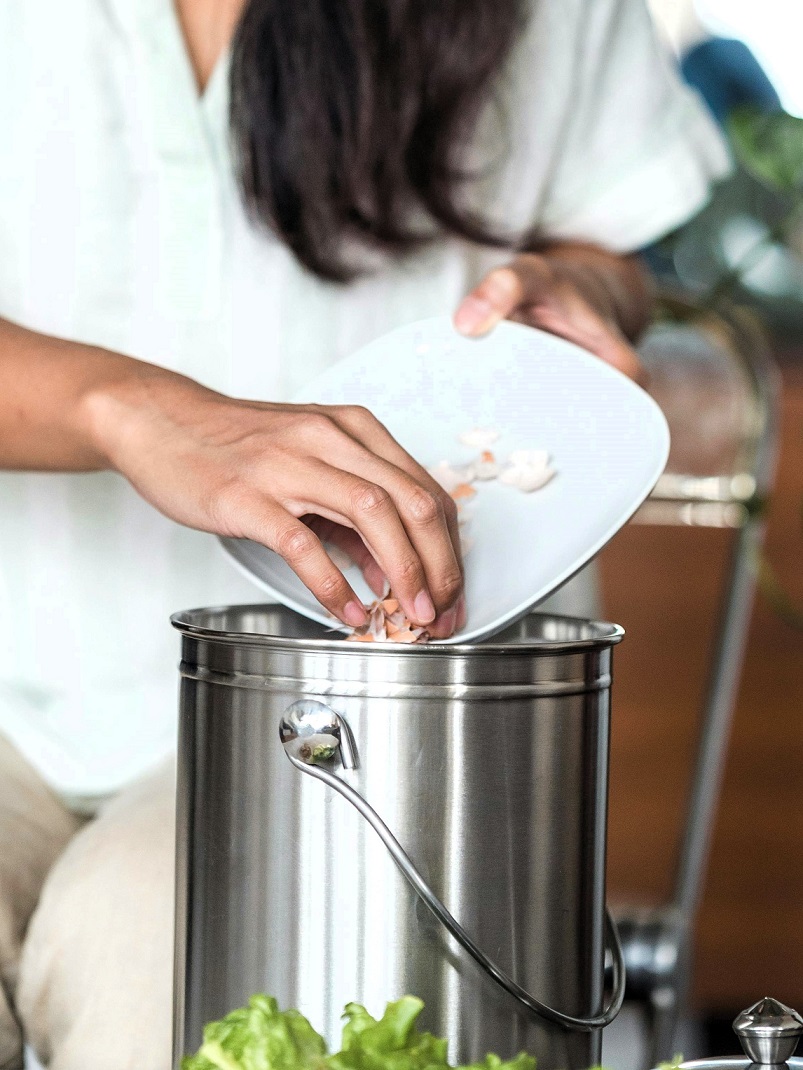
What is The Best Way to Get Rid of Chicken Bones?
Disposing of chicken bones properly is important for hygiene, safety, and environmental reasons. Here are the best ways to do it—safely, responsibly, and sustainably.
1. Throw Them in the Trash (Most Common Option)
For most households, the simplest and safest way to dispose of chicken bones is to place them in the trash. To minimize odors and protect sanitation workers:
- Wrap bones in paper towels, newspaper, or a compostable bag.
- Dispose of them in your regular waste bin.
This method is especially important in areas where meat and bones are not allowed in compost bins.
2. Use a Municipal Organic Waste or Compost Program
Some cities offer green bin or food scraps collection programs that accept meat, bones, and other cooked food waste. These programs use industrial composting systems that operate at high temperatures, allowing bones to break down completely.
To compost chicken bones this way:
- Check your city’s guidelines to confirm bones are accepted.
- Place bones in the approved bin with other organic waste.
This is the most environmentally friendly option when available.
3. Home Composting
Standard backyard compost piles typically can’t break down chicken bones, but if you’re an experienced composter, you have a few advanced options:
Bokashi composting: Uses fermentation and works well for bones.
Hot composting: Requires maintaining high temperatures (130–160°F) to break down bones over time.
Grind the bones: Smaller pieces decompose faster, though this requires a heavy-duty grinder.
Note that even in hot composting, full decomposition of bones can take months. This option is best for dedicated composters who want to minimize landfill waste.
4. Avoid Feeding Chicken Bones to Pets
Never give chicken bones—especially cooked ones—to pets. They can splinter easily and cause:
- Choking
- Internal injuries
- Digestive blockages
Even raw bones should be avoided unless supervised and approved by a vet.
5. Don’t Bury Chicken Bones
Burying chicken bones in your yard is not recommended. They can:
- Attract rodents or wildlife
- Smell bad as they decompose
- Take a very long time to break down
This method is unreliable and not eco-friendly.
6. Grinding or Burning
Grinding: Requires a strong, often industrial-grade grinder.
Burning: Can be done in rural areas with outdoor fire pits, but releases smoke and isn’t allowed everywhere.
These options are not recommended unless you’re already equipped and experienced. It’s not a practical method for most people.
Garbage Disposal Maintenance Tips
To keep your new garbage disposal in great shape, follow these simple garbage disposal maintenance tips:
- Use it only for soft food waste.
- Cut up larger items into smaller pieces.
- Avoid too much food waste at one time.
- Run hot water after each use to clean the unit.
- Drop in some citrus fruits or ice cubes weekly to freshen and sharpen the blades.
- Don’t overload it with fibrous materials like fibrous vegetables or fibrous veggies.
A thorough approach helps prevent major problems and reduces the need for costly repairs. You’ll also avoid that dreaded call to a drain technician!
So, can you put chicken bones in a garbage disposal? The answer is no. It might seem like a good idea, but bones—even small ones—can cause serious trouble for your kitchen sink, drain lines, and plumbing system. The best way to handle bones is to throw them in the trash or consider using a compost pile.
Next time, before you toss potato peels, coffee grounds, or bones into your garbage disposal unit, take a moment to think about what’s really safe for your system. A little care goes a long way to avoid garbage disposal clogs and keep your kitchen running smoothly.




